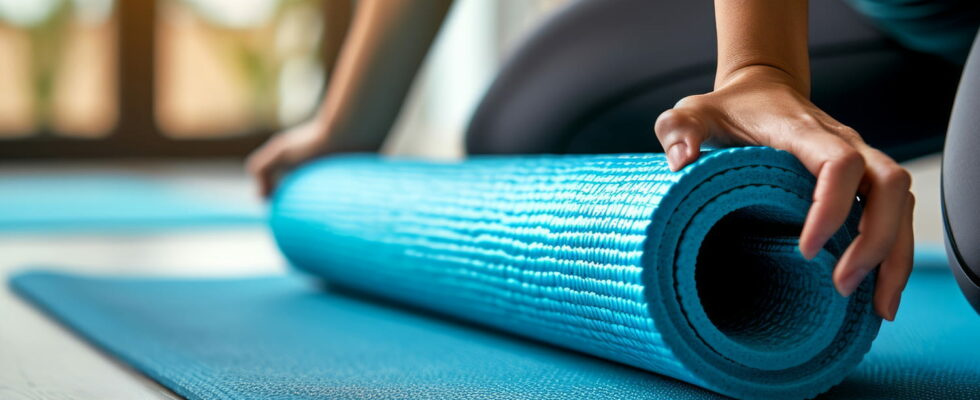A “reliable” measuring tool.
According to American scientists from the Mayo Clinic, it is possible to assess the age of your body by testing its balance abilities. “Balance is an important measure because, in addition to muscular strength, it requires the intervention of vision, the vestibular system and the somatosensory systemsels” explains Professor Kenton Kaufman, author of a study on age-related declines. Maintaining good balance is essential as we age to prevent falls. It is the main cause of injuries among those over 65 or these reduce mobility and autonomy, which is very bad with age.
For their study, the researchers asked 40 healthy, independent people over the age of 50 to undergo walking, balance and grip strength tests (hand and forearm muscles). arms) and knee strength. Balance tests consisted of standing on platforms on two feet with eyes open then closed and on one leg (dominant and non-dominant) with eyes open. It was possible for participants to hold the leg they were not resting on. The tests lasted 30 seconds each.
According to the results published in the journal “Plos One”knee and grip strength decreases significantly with age but even more so the maintenance of balance. “Uniped stance time (on one foot, editor’s note) was found to be most affected by age compared to other factors” commented the researchers. According to them, “Unipedal stance duration may serve as a reliable measure of neuromuscular aging for both older men and women.” From then on, you just need to test your ability to balance on one leg, for 30 seconds for example, to assess the age of your body. If, for example, a 50-year-old has a comparable single-leg balance time to a 65-year-old, this may indicate that their biological age is 10 to 15 years older than their actual age.
“If you don’t use it (your balance, editor’s note), you lose it. If you use it, you maintain it.” For example, by standing on one leg, you can practice coordinating your muscular and vestibular responses to maintain good balance. “If you can stand on one leg for 30 seconds, you’re doing great.”
